Some of the links in this post may be affiliate links.
Are you looking for the best soil for propagating string of hearts plants? If so, you are in the right place. Ceropegia woodii, which goes by the common names String of Hearts, Chain of Hearts, and Rosary Vine, is very easy to propagate, and using the right soil is very important.
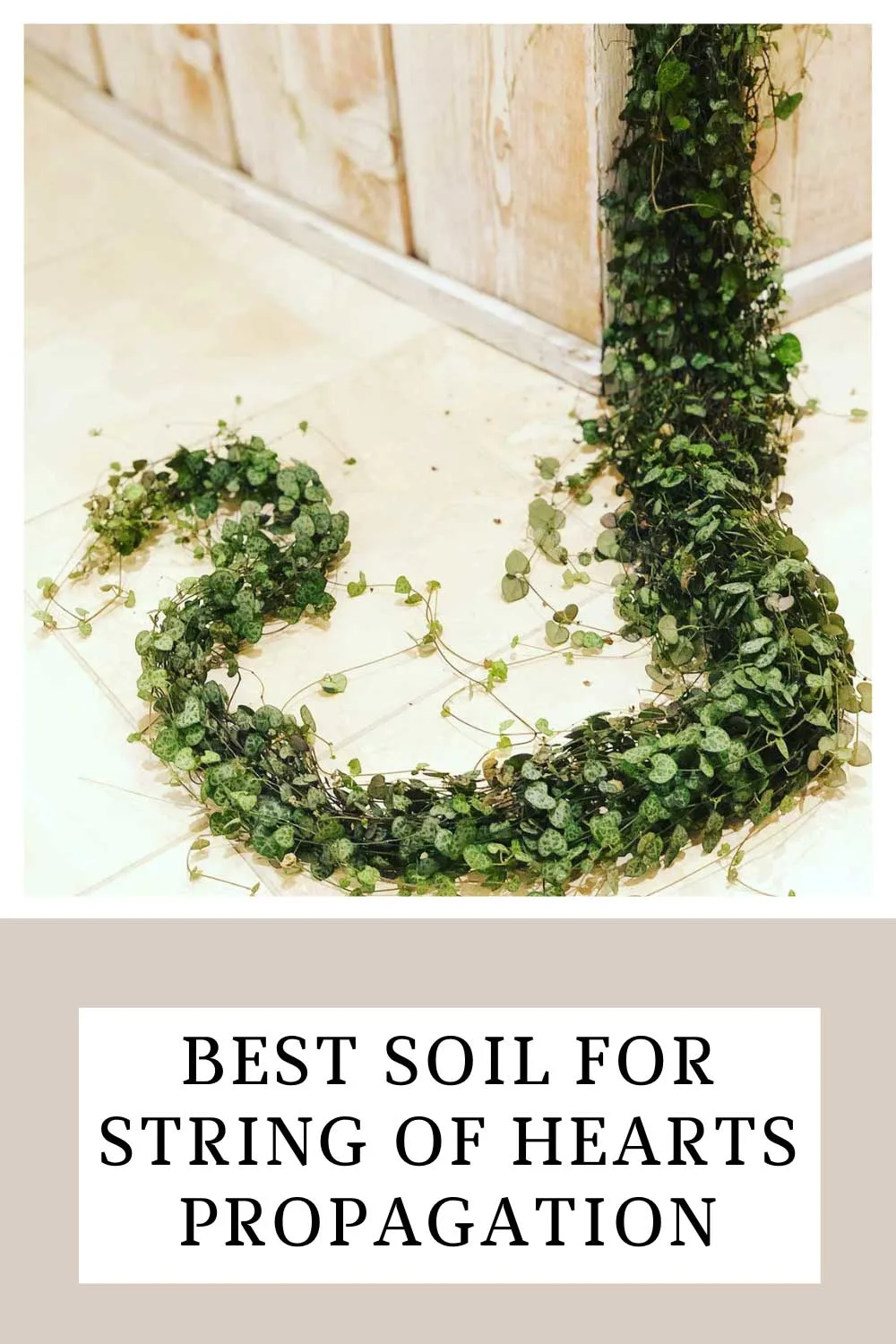
Table of Contents
BEST SOIL FOR PROPAGATING STRING OF HEARTS
Whether you need a soil mix for to propagate and make new plants, or even to repot your current plant, here are my top 3 soil picks for this beautiful plant.
After all, who can resist the cascades of heart-shaped leaves on this trailing plant? After the 3 picks, I’ll refer you to my String of Hearts propagation guide for additional details so you can be successful.
The best time to propagate this native of South Africa is while active growth occurs during the growing season. This is typically from late winter through summer. So go ahead and snip some cuttings off your mother plant and let’s talk about soil mixes.
1. STRING OF THINGS SOIL MIX
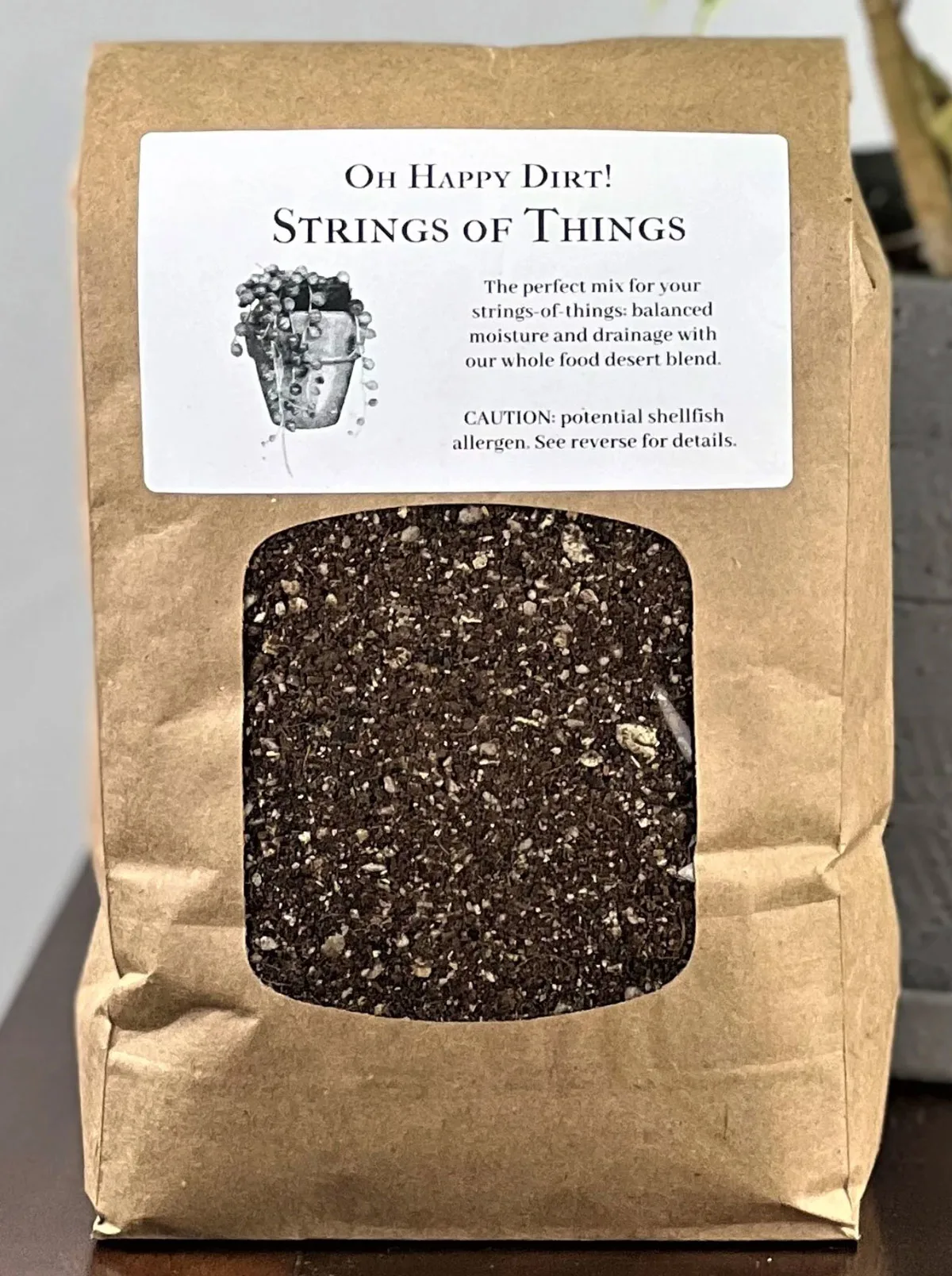
If you are looking for a turn-key mix that you can use straight out of the bag both for soil propagation purposes (as well as to keep growing your plant long-term), this is an amazing potting mix.
The key to a great soil mix for this plant is not only to have a well-draining soil mix, but it also needs to be balanced with sufficient moisture AND air to the root ball in order to minimize root rot.
The String of Things mix from Oh Happy Plants gives you just that. I normally don’t use any potting mixes straight out or the bag without amending them, but the mixes from Oh Happy Plants are a rare exception! They take all the guesswork out so you can just focus on growing your plants.
Not only can you use this soil mix to propagate and grow String of Hearts, but it is also an amazing mix for String of Pearls, and even other “String of” plants such as String of Turtles and even Pilea peperomioides!
The String of Things mix is also very sustainable since it doesn’t use peat moss. Oh Happy Plants mixes also contain nutritious ingredients like alfalfa meal, flax seed meal, and rock dusts. They even include a mycorrhizal inoculant for extra-healthy roots and plants!
If you use my link to purchase String of Things, you will automatically receive 10% off at checkout. Try it today and let me know in the comments how you like it. I’ve been using their mixes for many years and nothing compares to them!
2. DIY BLEND
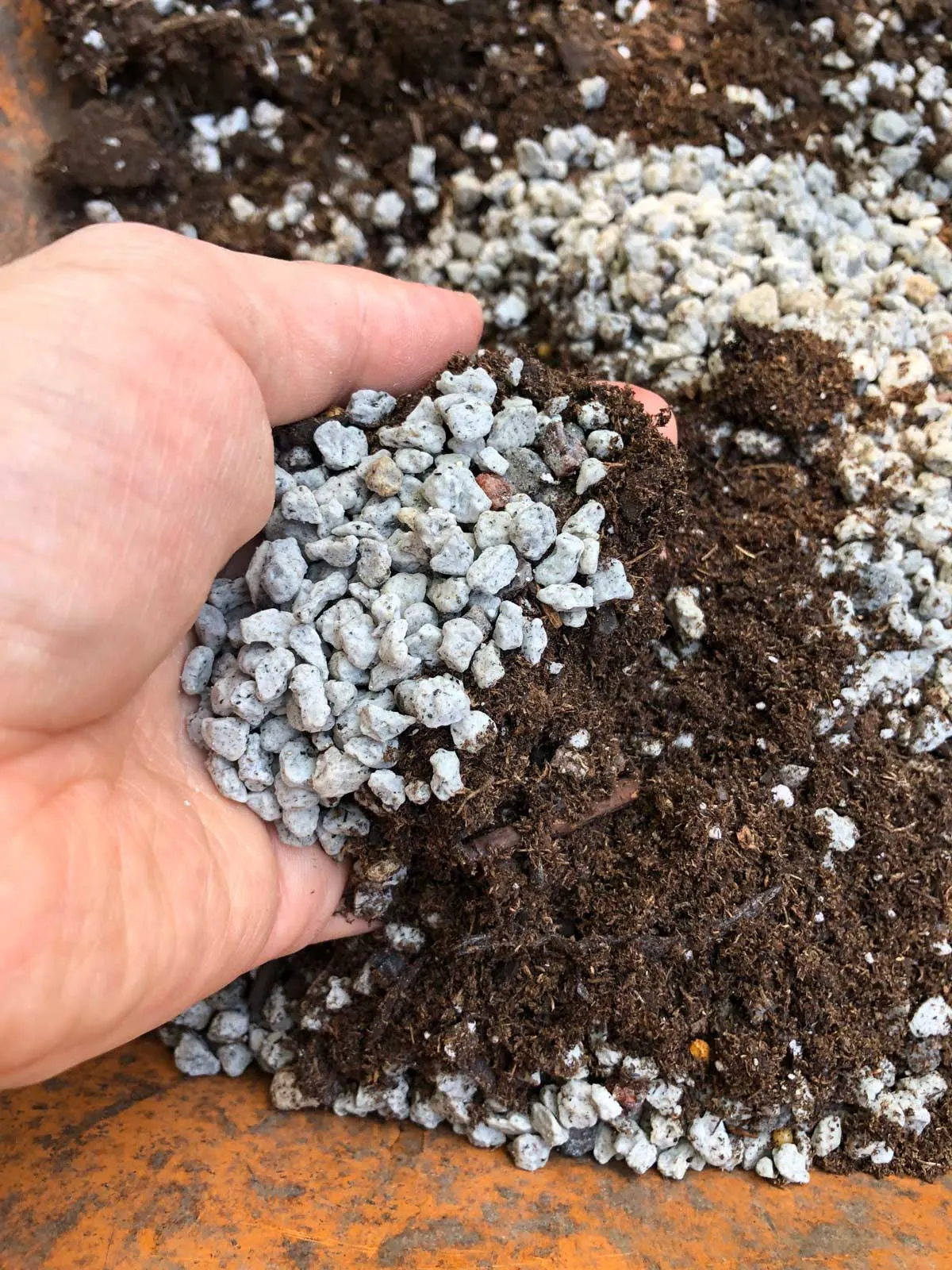
If you don’t want to buy a ready-made mix, you can blend your own well-draining medium. It doesn’t have to be complicated! As I mentioned though, most commercially available mixes don’t suffice when it comes to drainage. Soggy soil will not work for string of hearts, so you’ll need to amend your basic soil.
When it comes to growing and soil propagating this plant, a good DIY blend would be to mix 2 parts of a prepackaged soil with 1 part of perlite or pumice. For the prepackaged soil, you can use Miracle Gro indoor potting mix, or even Espoma indoor potting mixes for houseplants.
You can even use a cactus mix, but I would still use two parts of the cactus mix and blend it with 1 part perlite or pumice. Cactus mixes on their own still lack good drainage!
The addition of perlite or pumice is very important because it will aerate the soil and help maintain enough moisture while allowing oxygen to the roots to prevent root rot. There are pros and cons to using perlite vs. pumice. Perlite tends to float to the top of the soil when watering. Pumice will stay put!
My favorite pumice by far is this 1/4″ horticultural pumice (link to Amazon). I’ve purchased it dozens of times and it is always uniform in quality!
3. SPHAGNUM MOSS
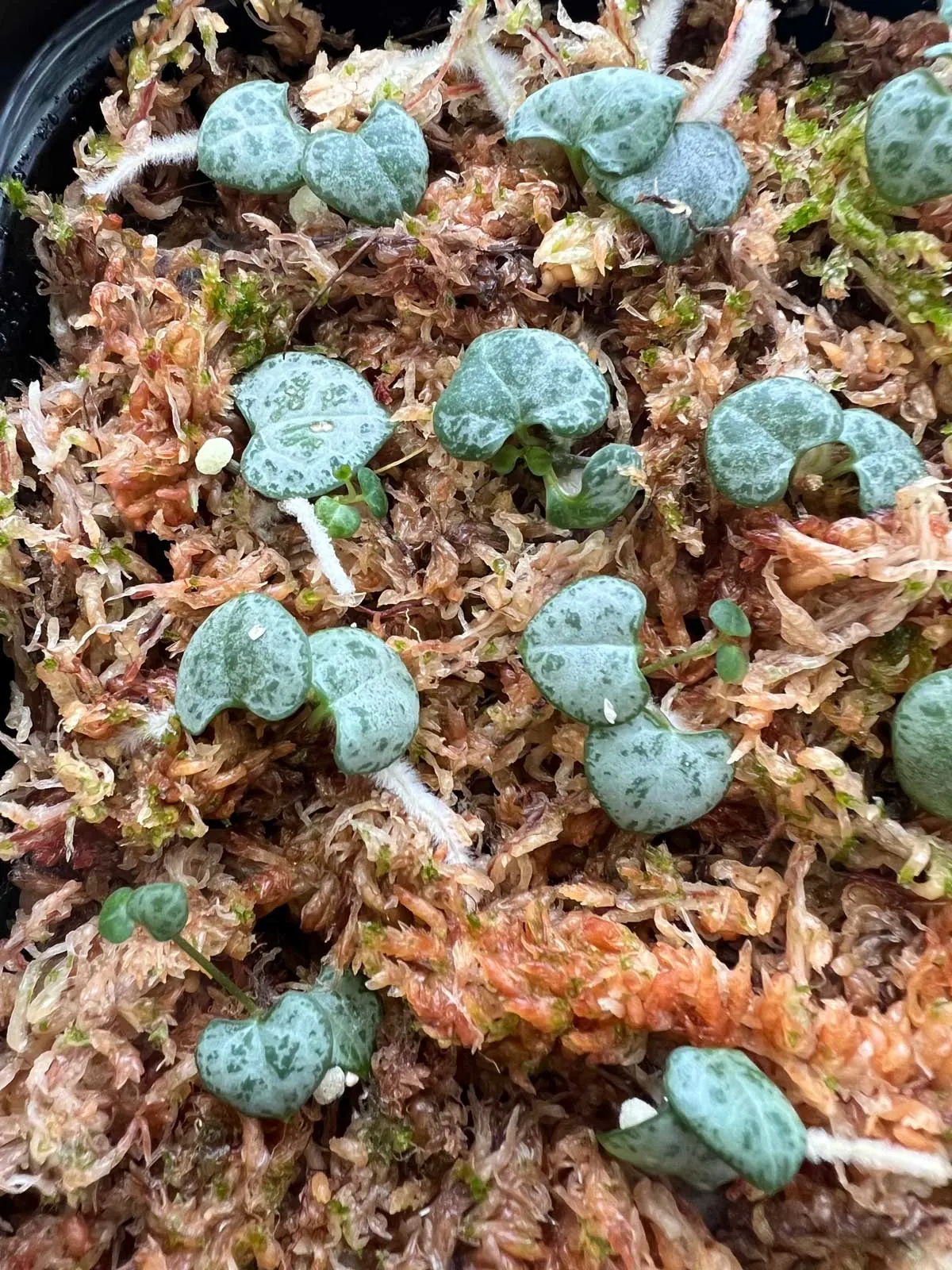
Lastly, although this is not a potting mix or soil, you can use sphagnum moss as a WONDERFUL medium to propagate your String of Hearts.
This may be the easiest and most effective medium to grow new roots on your cuttings, but you would have to transfer them to soil once your cuttings root. If you have failed at soil propagation with this plant, I encourage you to try sphagnum moss. You may be pleasantly surprised!
Sphagnum moss also has antibacterial and antifungal properties. If you pack it loosely, it also has the advantage of maintaining moisture, while allowing enough air, so that your cuttings don’t rot.
The only downside is that you’ll have to then take your cuttings and plant them into a soil mix, such as the two that I just described in this post.
To propagate, you can simply lay some stem cuttings, or even single node leaf cuttings, right on top of moist sphagnum moss.
You can lay cuttings that are a few inches long, or even use “butterfly cuttings” which look like the photo below.
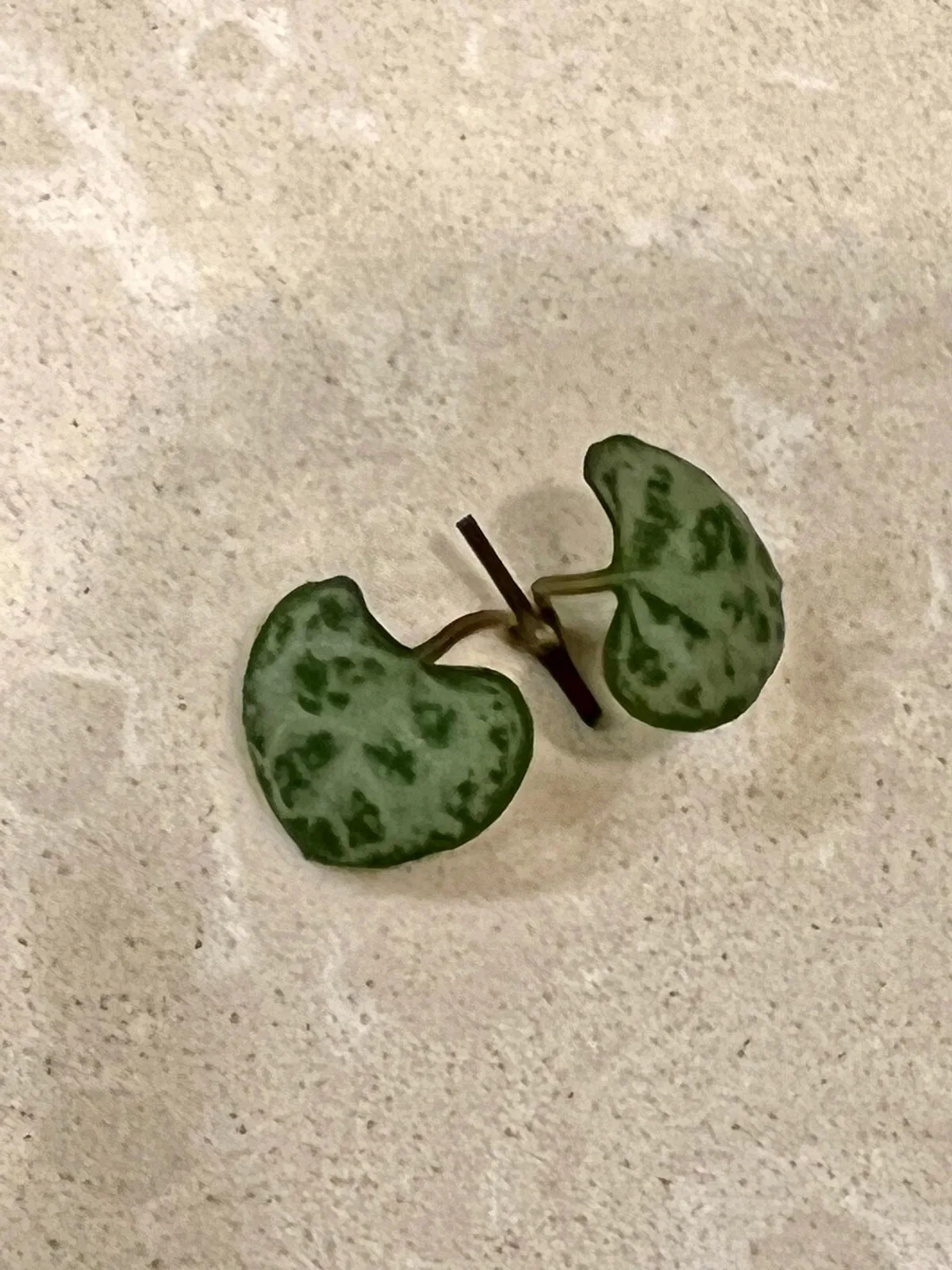
Plastic take-out containers make for a great propagation box. The clear lid can be snapped on, letting light through while keeping the moss moist.
Methods of Propagation
There are many different methods of propagation. I’ll refer you to my blog post on 6 methods to propagate String of Hearts. In that post, I go through:
- Water propagation
- Soil method of propagation
- Laying Cuttings on surface of the soil
- Circling strands back into the same pot
- Tuber propagation
- And finally, the butterfly method has become quite a popular method and for good reason
Whatever propagation method you choose, using one of the well-draining soils in this post is critical to growing your plant, along with pots with drainage holes!
Be sure not to miss my post on String of Hearts care where I go into all aspects of growing including plenty of bright light, warm temperatures, and all the right conditions that will help your plant thrive for years to come.
I hope you’ve enjoyed this post on the best soil for propagating string of hearts. Have you tried my suggestions? Comment below. I’d love to hear!

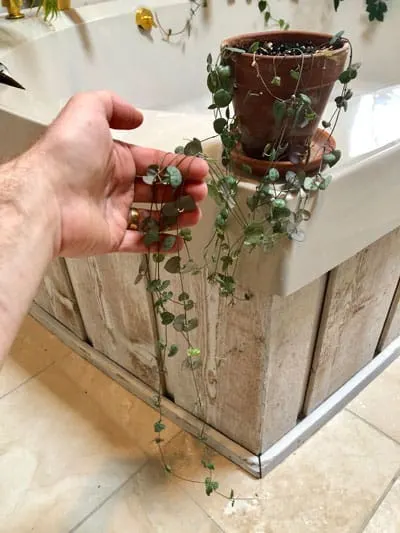
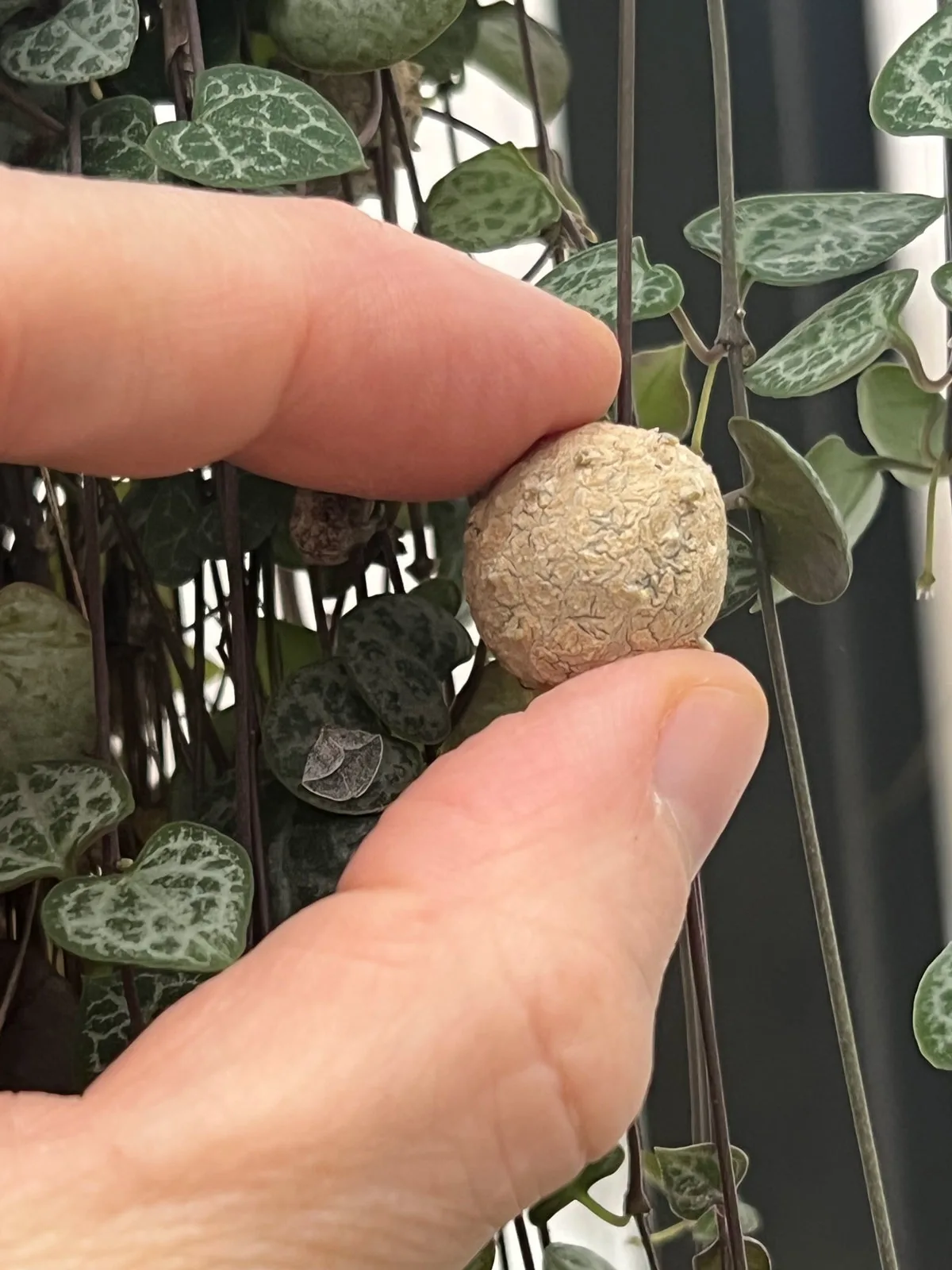
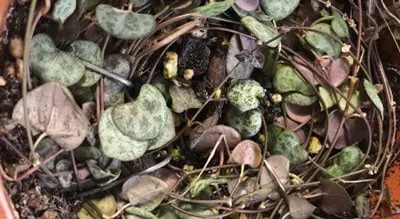
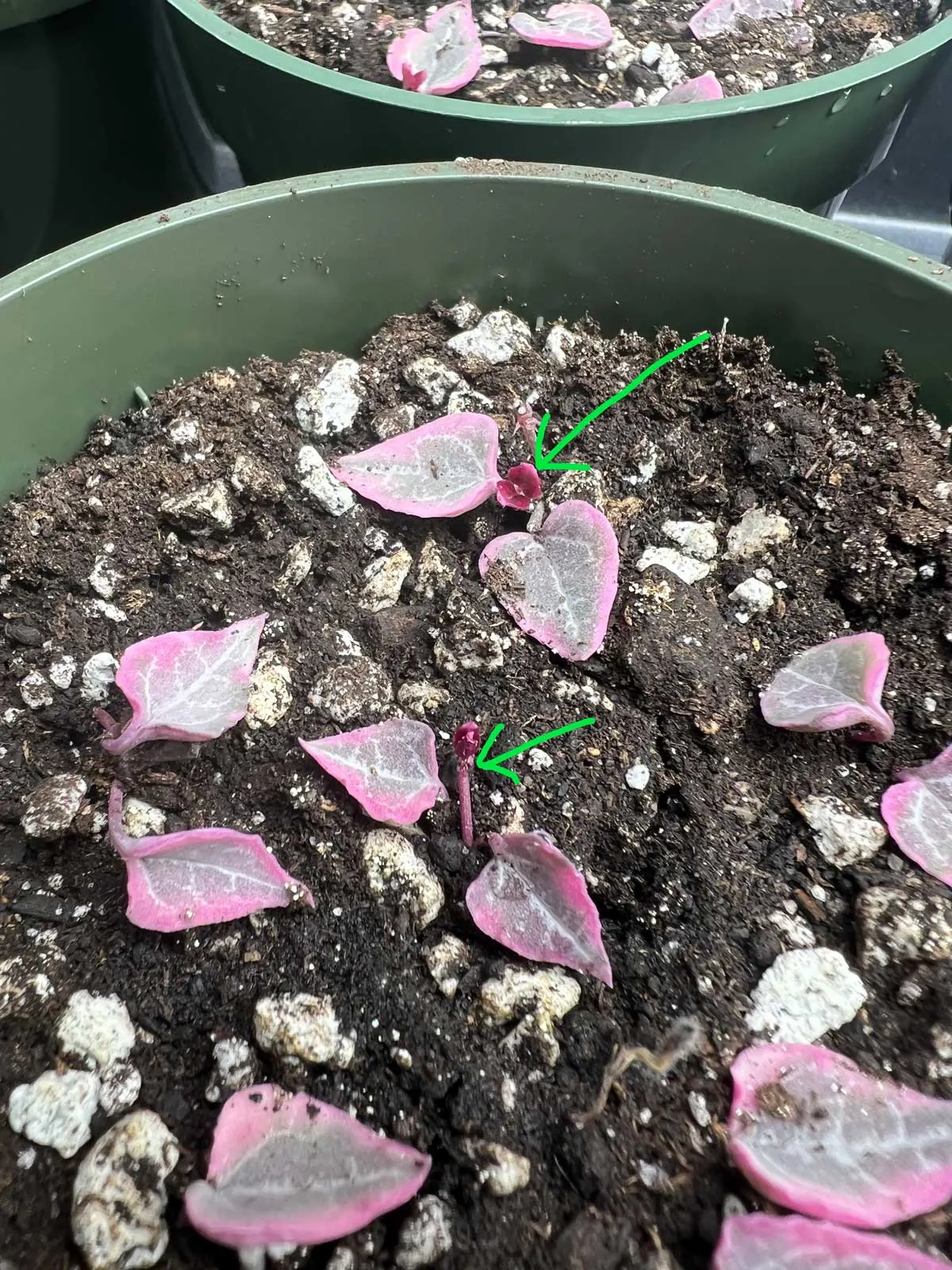
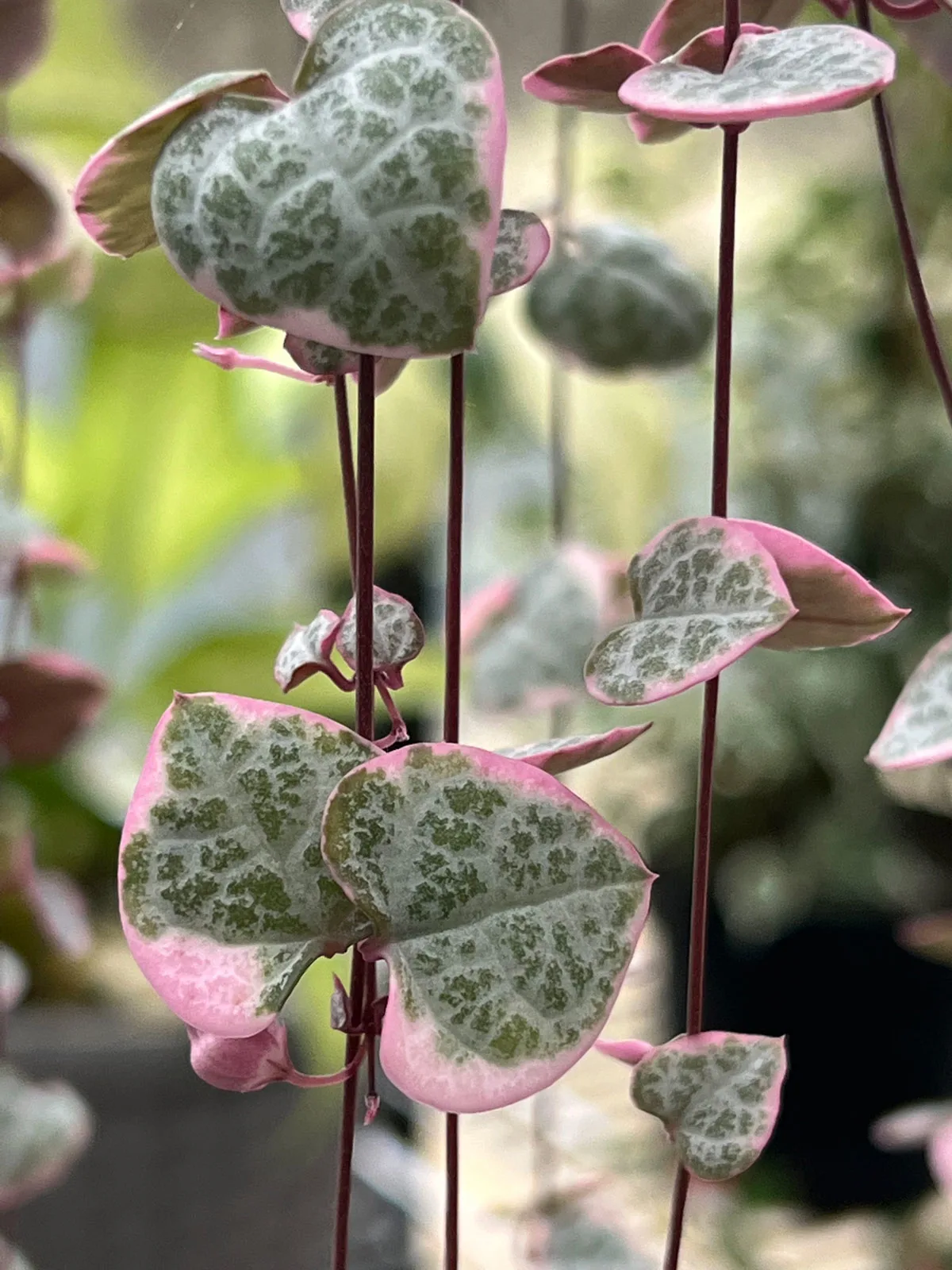
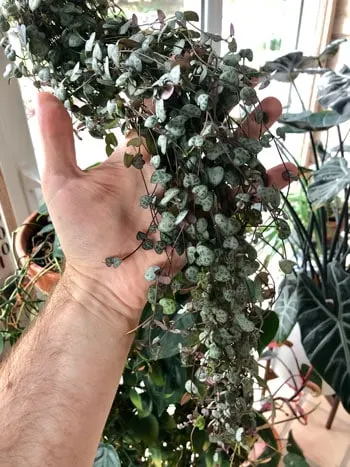
Jane
Thursday 1st of February 2024
For string of hearts, calathea, Christmas cactus, and boston ferns, how many feet away should they be from external doors if you live in a state with cold winter temperatures? If they can't be in the same room with an external door at all, what are some good alternative plants that can be in the same room as external doors and are pet friendly? Thanks for all the helpful information you provide.
Raffaele Di Lallo
Friday 2nd of February 2024
Hi Jane, it's very difficult to say because it depends on exactly where you live, the exposure of the windows (north, south, east, west), and it doesn't matter how cold it is outside. It only matters indoors where the plants are living. I have a blog post on plants that are nontoxic that may interest you: https://www.ohiotropics.com/2022/02/09/nontoxic-houseplants-for-cats-dogs/